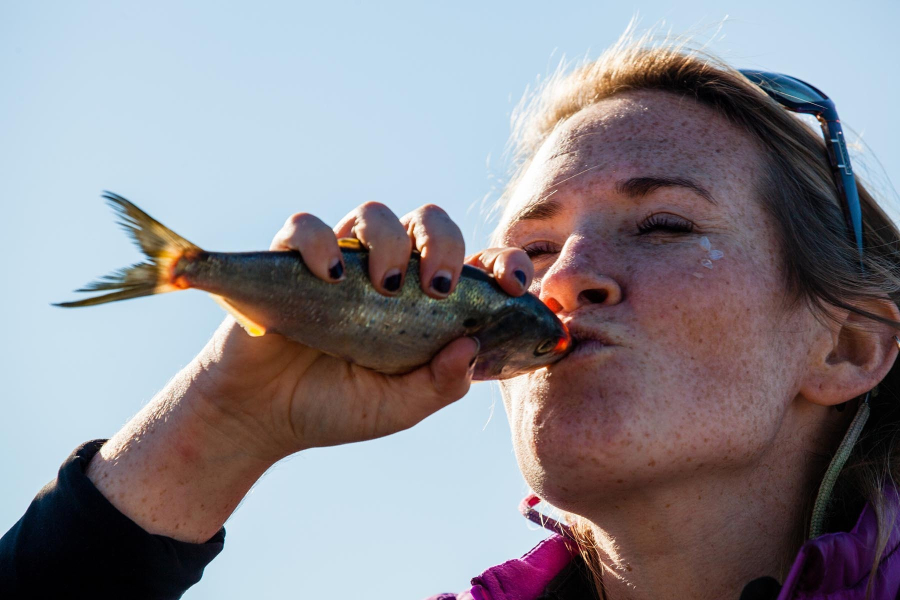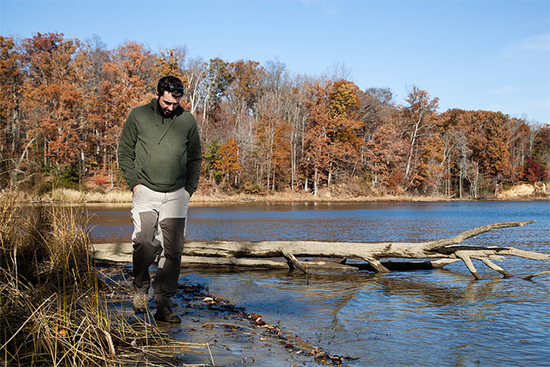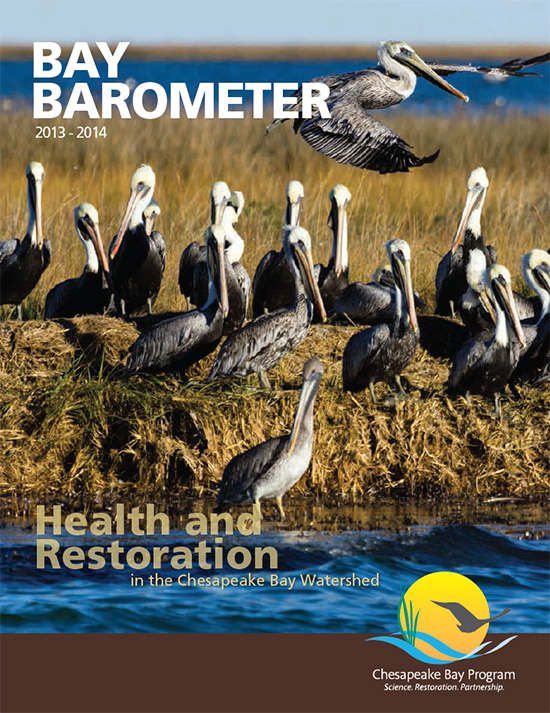Experts consider Chesapeake Bay an ecosystem in recovery
The latest Bay Barometer offers a science-based snapshot of watershed health and restoration.

Our latest look at Chesapeake Bay health reveals an ecosystem in recovery. While the watershed continues to struggle against development, pollution and other challenges, a handful of the environmental indicators presented in Bay Barometer—including American shad, striped bass and underwater grass abundance—have shown signs of resilience.
Released today, Bay Barometer: Health and Restoration in the Chesapeake Bay Watershed offers a science-based snapshot of conditions in the nation’s largest estuary. The data in Bay Barometer reflect the Bay’s health over the course of many years and, in some cases, decades. By tracking changes in this data over time, scientists can better understand ecological patterns and the long-term effects of our restoration work.
According to experts with the Chesapeake Bay Program, the Bay remains impaired. Scientists have seen no significant changes in the last decade of water quality monitoring data and a sizeable drop in the abundance of blue crabs. But communities have continued to reduce the nutrient and sediment pollution that has long plagued the Bay, and some living resources have improved in the face of challenges. Underwater grass acreage has risen 24 percent, American shad have continued to return to their Potomac River spawning grounds and the relative abundance of young striped bass in both Maryland and Virginia waters has recovered from the low numbers seen in 2012.
“The Chesapeake Bay watershed is a vast and complex ecosystem that faces continued challenges,” said Bay Program Director Nick DiPasquale in a media release. “Yet in the face of these… challenges, we are witnessing signs of a system in recovery. And people have the ability to positively affect and help in the recovery process. In fact, we must do so.”

Continuing to investigate the environmental indicators summarized in Bay Barometer will move us toward the ground-breaking goals of the Chesapeake Bay Watershed Agreement, which guides our work to restore, conserve and protect the Bay. In Bay Barometer, we offer our data in their clearest form so you can join our experts in assessing the health of our ecosystem and the progress we are making toward restoring it. Each of the almost 18 million people who live within this watershed can help bring it back to health. To learn more, Take Action.


Comments
There are no comments.
Thank you!
Your comment has been received. Before it can be published, the comment will be reviewed by our team to ensure it adheres with our rules of engagement.
Back to recent stories